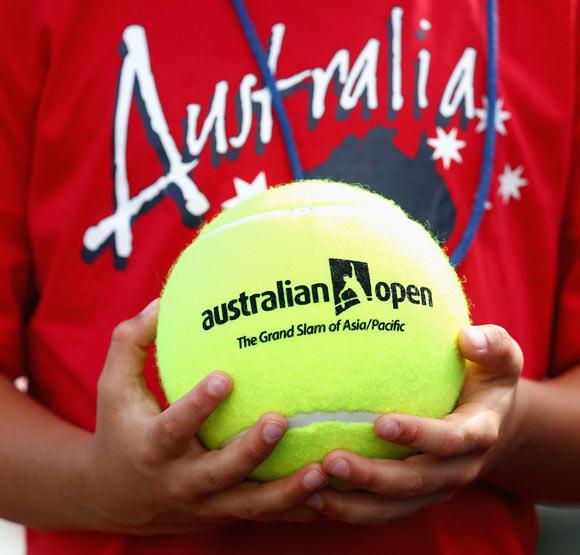
As Kim Clijsters and Novak Djokovic set out to defend their titles at Melbourne Park, Bikash Mohapatra presents some interesting facts and figures related to the year's first major tournament.
The 2012 tennis season is underway and the first big ticket event of the year, the Australian Open, will commence in a few days.
This edition will mark the 40th year of the tournament being held in Melbourne. The event, since its inception in 1905 five has been held in seven different cities in Australia and New Zealand -- Sydney (on 17 occasions), Adelaide (on 14 occasions), Brisbane (on seven occasions), Perth (thrice), Christchurch (in 1906), Hastings (in 1912) and, finally, Melbourne (on 55 occasions).
This year will also mark the 25th anniversary of the tournament on hard court -- the major was contested on grass till 1987 before a rebound ace surface was introduced in 1988 (in turn replaced by a Plexicushion Prestige in 2008).
As Kim Clijsters and Novak Djokovic set out to defend their titles at Melbourne Park, rediff.com takes a look at a few interesting facts and figures related to the year's first major tournament.

Many will be surprised to know that the distinctive serve used in the logo of the tournament is none other than Stefan Edberg's.
The genial Swede's love affair with the Australian Open started in 1983 when he won the boys' singles title that year, en route to completing a junior Grand Slam.
Two years later, he came from behind to beat Ivan Lendl 9-7 in the fifth, and then upset defending champion and fellow-Swede Mats Wilander in straight sets to win his first Australian Open title before proceeding to defend in 1987 – the event was not played in 1986.
Both of Edberg's Australian Open triumphs came on grass courts – the tournament was then played at Kooyong. But the change of surface didn't affect the Swede's performance – he made it to the final on three more occasions (1990, 1992-93).
Besides, he won the men's doubles titles on two occasions – in 1987 partnering compatriot Anders Jarryd and in his farewell year (1996) partnering Czech Petr Korda.
His singles record (56-10) at Melbourne Park remained a tournament record for a long time, till Roger Federer eclipsed it last year.
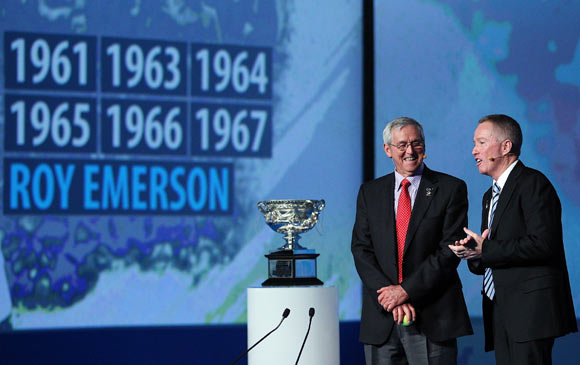
The record for the most men's singles title at the Australian Open is held by a home grown legend.
Roy Emerson won six titles between 1961 and 1967.
His five straight wins between 1963-67 also makes him the player with the most successive titles.
All of Emerson's wins though came before the open era.
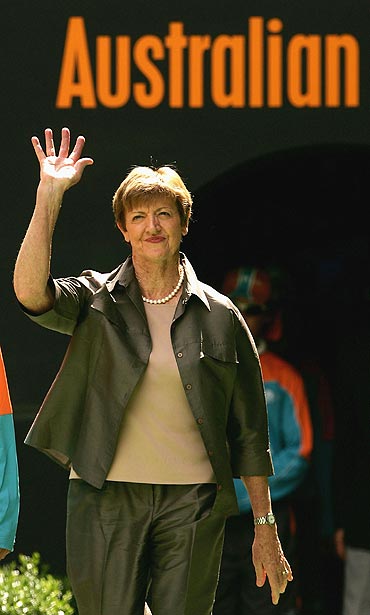
The record for the most singles titles by woman is also held by an Australian.
Margaret Court was crowned the women's singles champion on a whopping 11 occasions.
While seven of them (1960-66) came before the Open Era, she managed to win four (1969-71, 1973) more when the sport became professional.
Court also reached the final in 1986, losing in straight sets to American Billie Jean King.
The legendary player's overall singles record at the tournament was 61-3, meaning she had won more than 95 per cent of her matches.
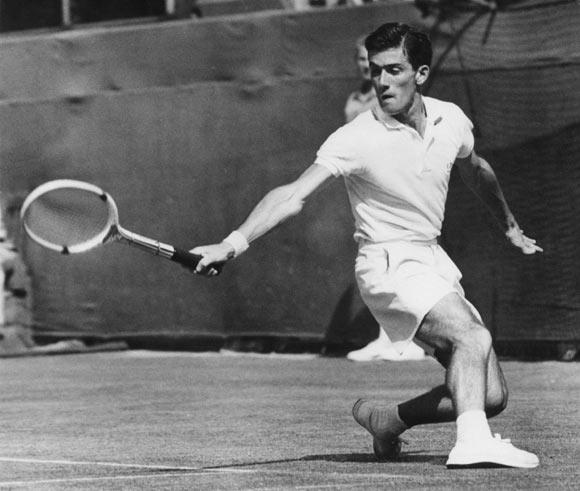
Ken Rosewall, the Australian legend better known for his inability to win a Wimbledon title (despite reaching four finals), holds two records in his home slam.
When Rosewall won his first men's singles crown in 1953, he was just 18 years and two months old, making him the youngest winner of the tournament.
And when he won in 1972, aged 37 years and eight months, he became tournament's oldest winner as well. Rosewall remains the oldest player ever to have won a major title.
Besides, the Aussie legend is one of the two players to win the tournament without losing a set, achieving the feat en route to the title in 1971.
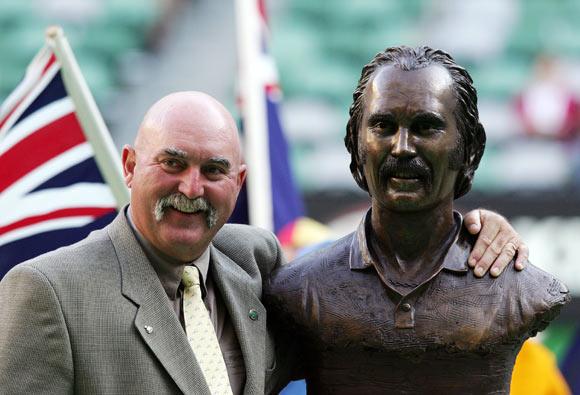
The Australians have waited for a long time for a home grown player to win the title.
The last Australian to win the men's singles crown was Mark Edmondson back in 1976.
Unseeded, and ranked a lowly 212th then, Edmonson surprised all by beating compatriot and two-time champion John Newcombe in four sets in the final.
Pat Cash (1987-88) and Lleyton Hewitt (2005) have made it to the final since but the title has remained elusive.
The last woman to win the singles title was Chris O'Neil in 1978.
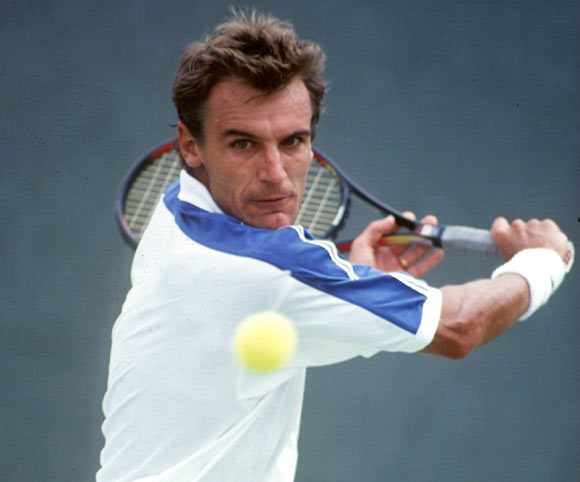
As we have mentioned earlier the tournament was played on grass till 1987, and from 1988 onwards a hard court was used.
Mats Wilander remains (and will remain) the only player to win the tournament on both the surfaces.
The Swede won his first two titles (1983-84) on grass while clinching his third crown in 1988, the first year the tournament was played on a hard court.
Wilander also reached the final in 1985, losing to compatriot Stefan Edberg. He finished with a 36-7 career-record in Melbourne.
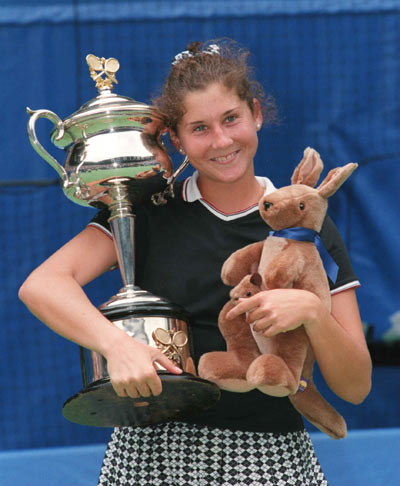
Monica Seles holds the record for the most successive match wins (at 33) at the Australian Open.
It is also the longest unbeaten streak in any major tournament.
The Yugoslav-turned-American won three straight women's singles titles from 1991-93, missed the next two year because of injury – remember that attack by a Steffi Graf fan? – returned to win again in 1996 before making the semi-finals in 1999 (she pulled out in 1997-98) to pile up a 33-0 record.
It was Martina Hingis who ended Seles's unbeaten run in 1999, en route to her third straight title.
Nonetheless, Seles holds an enviable 43-4 career record in Melbourne.
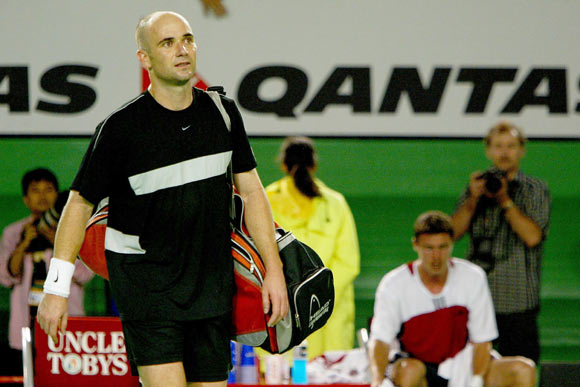
Andre Agassi is the male-equivalent of Seles in the Australian Open.
The American won 26 consecutive matches before his run was brought to an end by Russian Marat Safin.
Agassi's 26 straight wins are also the most by any player in a single major tournament.
The flamboyant American, who first played at Melbourne Park only in 1995, won the tournament on four occasions – 1995 (first attempt), 2000, 2001 and 2003.
Agassi's career record in Melbourne stands an impressive 48-5.

Serena Williams is the most successful woman in Melbourne Park in the open era.
The American has won the tournament on five occasions – 2003, 2005, 2007, 2009 and 2010.
She is also the lone woman to win the title on both Rebound Ace and Plexicushion Prestige surfaces.
Serena has a 51-6 singles record in Melbourne.
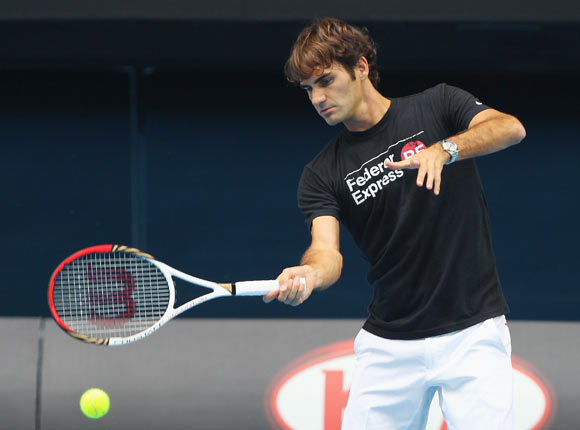
We end with the player who ended Stefan Edberg's (his idol) record of most singles wins last year.
Roger Federer, who owns four Australian Open titles (2004, 2006-07 and 2010), amassed a 59-8 record en route to the semi-finals last year.
In 2007, he became only the second man (after Ken Rosewall) to win the tournament without dropping a set.
Besides, he is the lone male player to win the Australian Open on both Rebound Ace and Plexicushion Prestige surfaces.